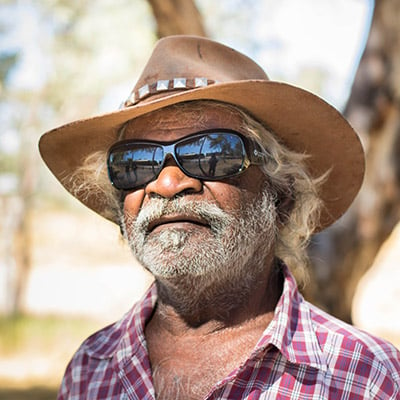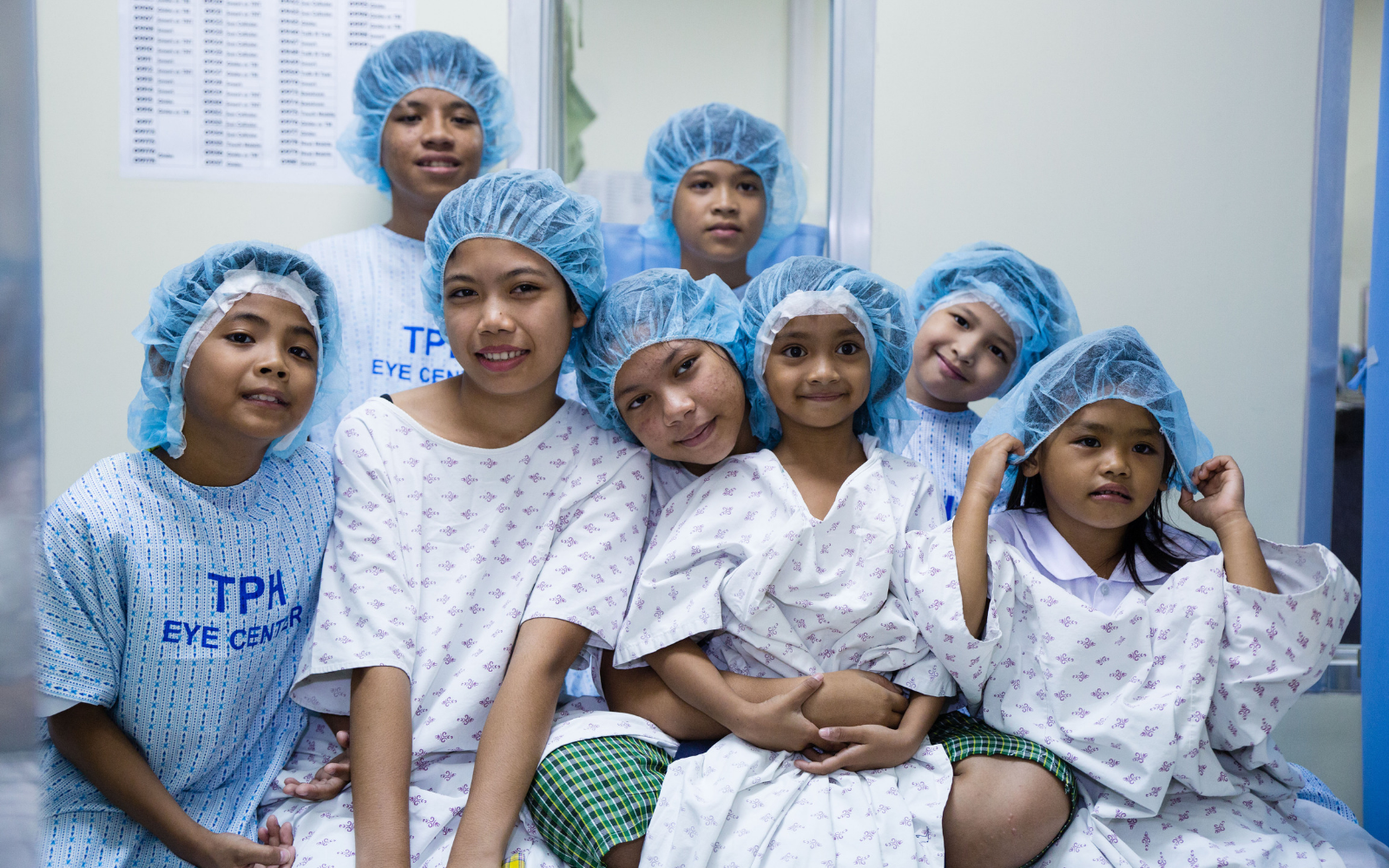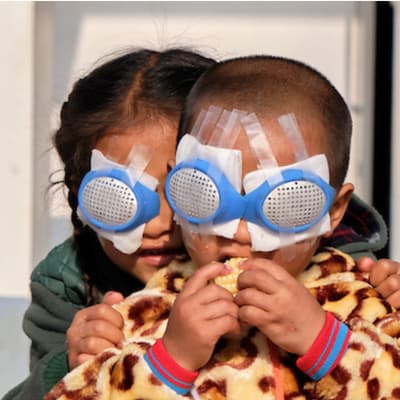
Ending avoidable blindness
Our vision is to build sustainable, good quality and affordable eye care in remote areas of the world.
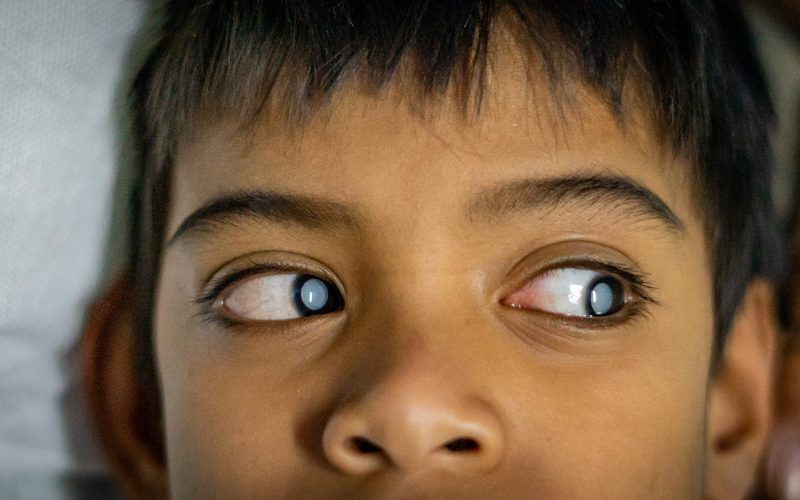
Investing in eye health
A new report released today shows that every dollar invested in eye health delivers a return of $28, providing key evidence for greater global investment in efforts to end avoidable blindness.
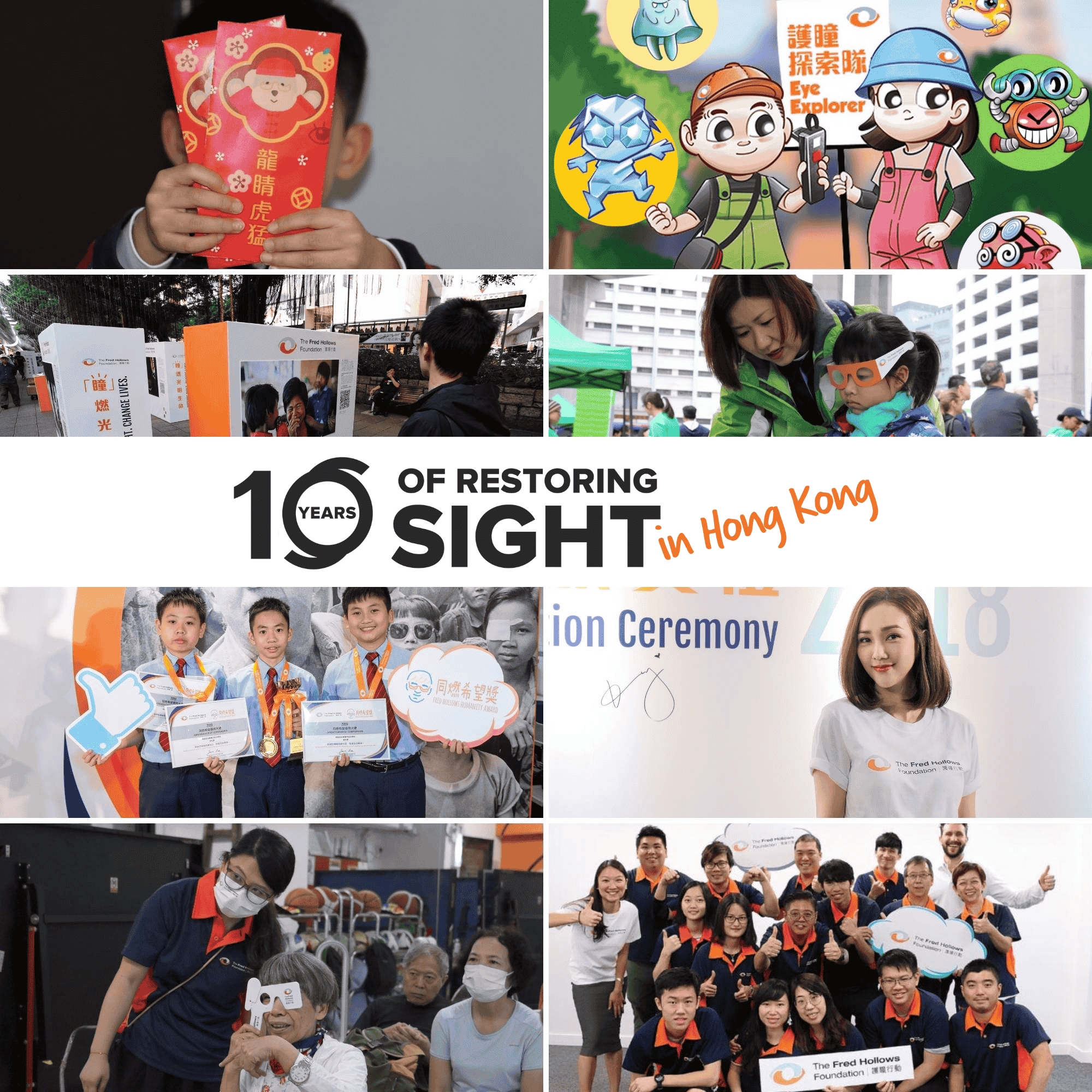
The Fred Hollows Foundation Hong Kong - Ten-Year Anniversary
Our first ten years!
We see a world in which no person is needlessly blind or vision impaired. In 2023, our global impact was profound:
4,435,157
People screened.
612,376
Eye operations and treatments performed.
6,866,281
People treated with antibiotics for trachoma.
154,476
Pairs of glasses distributed.
36,804
People trained including community health workers, teachers, and surgeons.
5,899,610
School children and community members educated in eye health and sanitation.
1,951
Medical facilities, training centres and schools built, renovated or equipped.
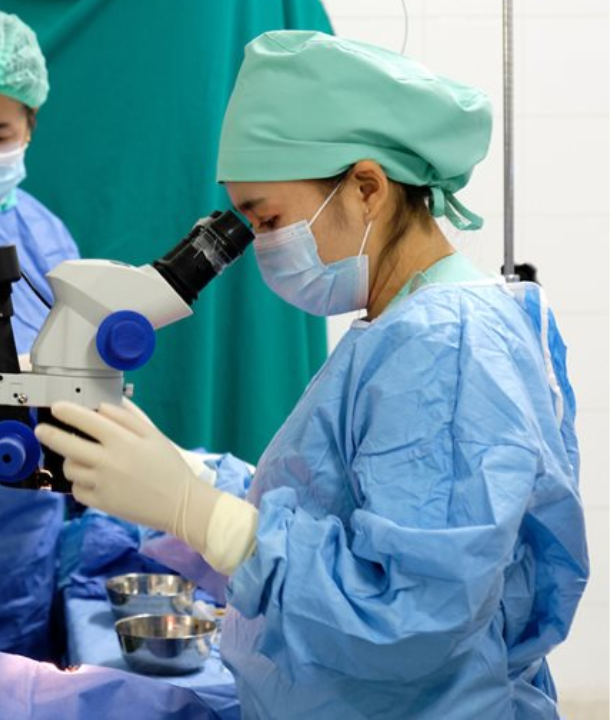
WHAT IMPACT CAN YOUR DONATION BRING?
Blindness and vision impairment is a health issue, and related to a person's well-being, quality of life and development opportunities. The Fred Hollows Foundation believes that a fly-in-fly-out model is not the best way to develop a place’s eye health care. Our vision is to build sustainable, good quality and affordable eye care in remote areas of the world.
Your donation will be used to:
- Train surgeons or eye health workers
- Provide medical equipment
- Organise eye screening camps in remote areas
- Raise awareness of eye health to the public
- Invest in innovation and research
